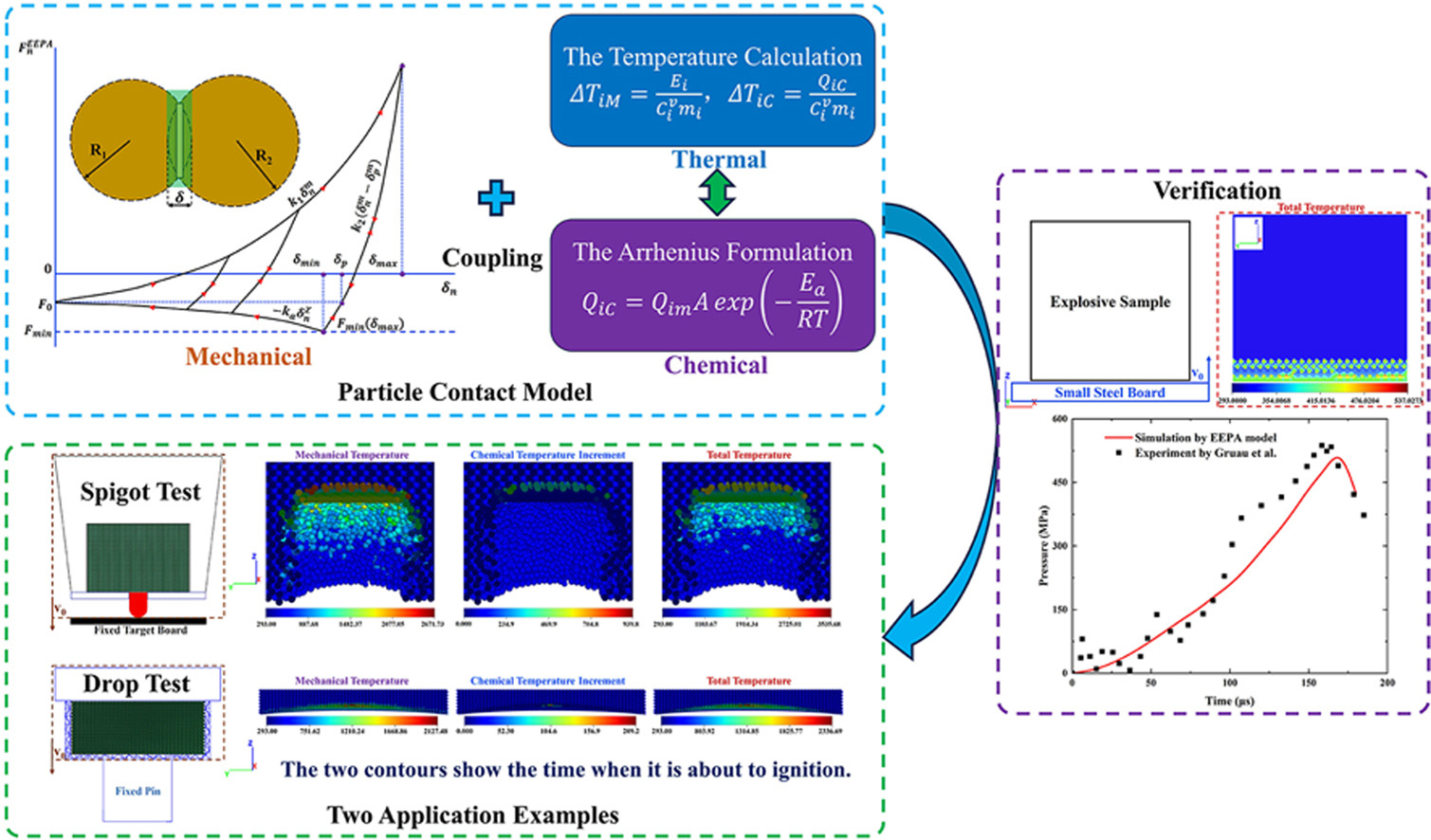- Volumes 96-107 (2025)
-
Volumes 84-95 (2024)
-
Volume 95
Pages 1-392 (December 2024)
-
Volume 94
Pages 1-400 (November 2024)
-
Volume 93
Pages 1-376 (October 2024)
-
Volume 92
Pages 1-316 (September 2024)
-
Volume 91
Pages 1-378 (August 2024)
-
Volume 90
Pages 1-580 (July 2024)
-
Volume 89
Pages 1-278 (June 2024)
-
Volume 88
Pages 1-350 (May 2024)
-
Volume 87
Pages 1-338 (April 2024)
-
Volume 86
Pages 1-312 (March 2024)
-
Volume 85
Pages 1-334 (February 2024)
-
Volume 84
Pages 1-308 (January 2024)
-
Volume 95
-
Volumes 72-83 (2023)
-
Volume 83
Pages 1-258 (December 2023)
-
Volume 82
Pages 1-204 (November 2023)
-
Volume 81
Pages 1-188 (October 2023)
-
Volume 80
Pages 1-202 (September 2023)
-
Volume 79
Pages 1-172 (August 2023)
-
Volume 78
Pages 1-146 (July 2023)
-
Volume 77
Pages 1-152 (June 2023)
-
Volume 76
Pages 1-176 (May 2023)
-
Volume 75
Pages 1-228 (April 2023)
-
Volume 74
Pages 1-200 (March 2023)
-
Volume 73
Pages 1-138 (February 2023)
-
Volume 72
Pages 1-144 (January 2023)
-
Volume 83
-
Volumes 60-71 (2022)
-
Volume 71
Pages 1-108 (December 2022)
-
Volume 70
Pages 1-106 (November 2022)
-
Volume 69
Pages 1-122 (October 2022)
-
Volume 68
Pages 1-124 (September 2022)
-
Volume 67
Pages 1-102 (August 2022)
-
Volume 66
Pages 1-112 (July 2022)
-
Volume 65
Pages 1-138 (June 2022)
-
Volume 64
Pages 1-186 (May 2022)
-
Volume 63
Pages 1-124 (April 2022)
-
Volume 62
Pages 1-104 (March 2022)
-
Volume 61
Pages 1-120 (February 2022)
-
Volume 60
Pages 1-124 (January 2022)
-
Volume 71
- Volumes 54-59 (2021)
- Volumes 48-53 (2020)
- Volumes 42-47 (2019)
- Volumes 36-41 (2018)
- Volumes 30-35 (2017)
- Volumes 24-29 (2016)
- Volumes 18-23 (2015)
- Volumes 12-17 (2014)
- Volume 11 (2013)
- Volume 10 (2012)
- Volume 9 (2011)
- Volume 8 (2010)
- Volume 7 (2009)
- Volume 6 (2008)
- Volume 5 (2007)
- Volume 4 (2006)
- Volume 3 (2005)
- Volume 2 (2004)
- Volume 1 (2003)
• A mechanical-thermal-chemical coupled DEM model to simulate explosives ignition.
• Verified by cubic sample and Steven Test, followed by Spigot Test and Drop Test.
• Results of simulations mirror both the literature and actual experiments.
• Key ignition mechanism: strain energy accumulation and damping energy dissipation.
Polymer-bonded explosives (PBXs) are widely used in military applications due to their high energy density, but their safety under impact loading remains a critical concern due to hotspot-induced ignition risks. While existing experimental and continuum methods face limitations in capturing sub-millisecond mesoscale processes and discontinuous damage evolution, this study develops an integrated Discrete Element Method (DEM) framework integrating the Edinburgh Elasto-Plastic-Adhesive (EEPA) contact model with Arrhenius reaction kinetics, where mechanical energy dissipation deterministically drives thermal-chemical ignition. The framework successfully predicts hotspot generation and ignition thresholds in cyclotetramethylene tetranitramine (HMX) particle explosives under impact loading. The maximum temperatures of the cubic sample are consistent with the literature and the verification analysis of a Steven Test is aligned with an experiment in literature. Application to Spigot and Drop Tests reveals strain energy accumulation and damping dissipation as dominant ignition mechanisms, with chemical activation showing exponential dependence on mechanical heating. Compared to existing DEM studies focusing on single-physics processes, this work establishes a more comprehensive and better predictive tool for mapping mechanical loading conditions to ignition thresholds.

